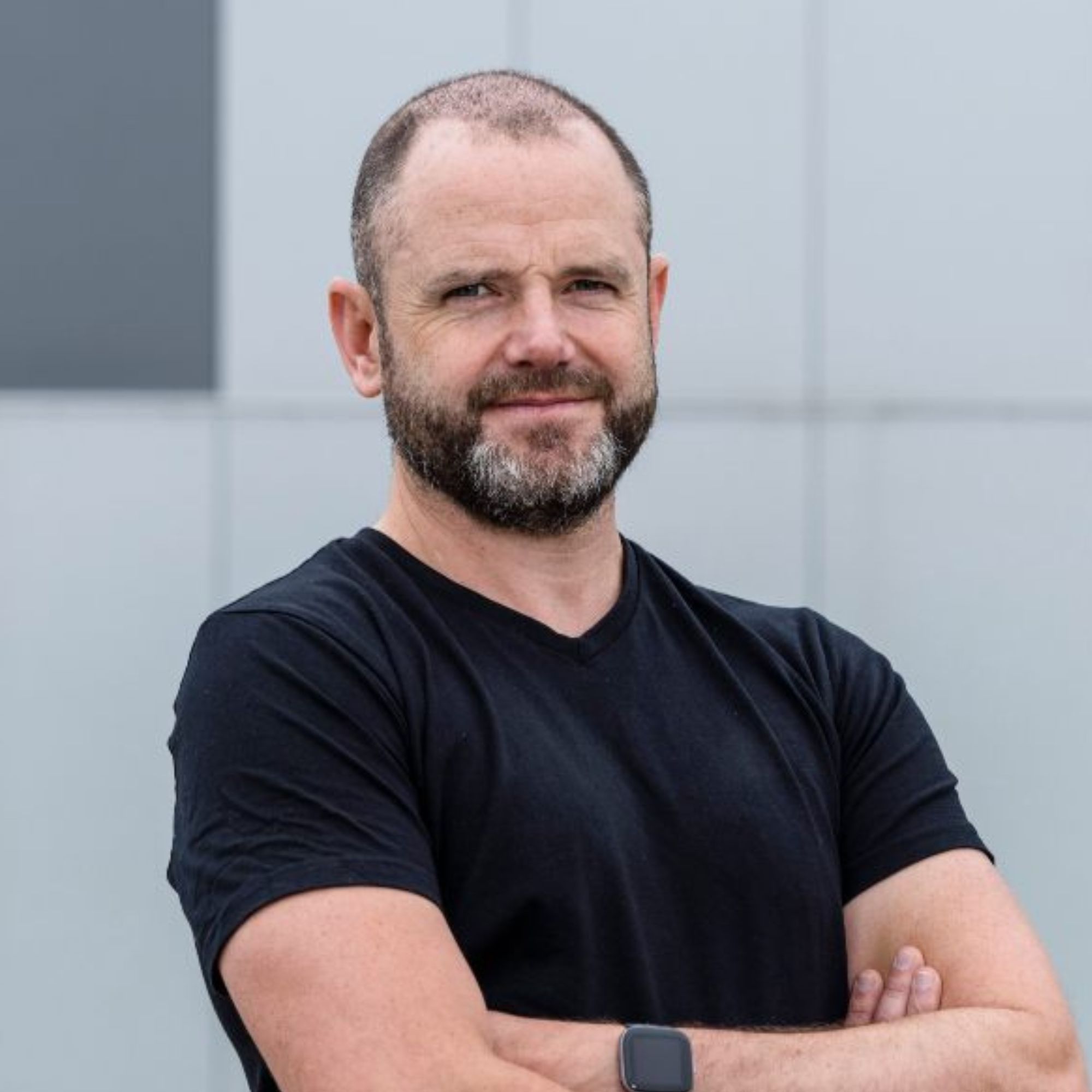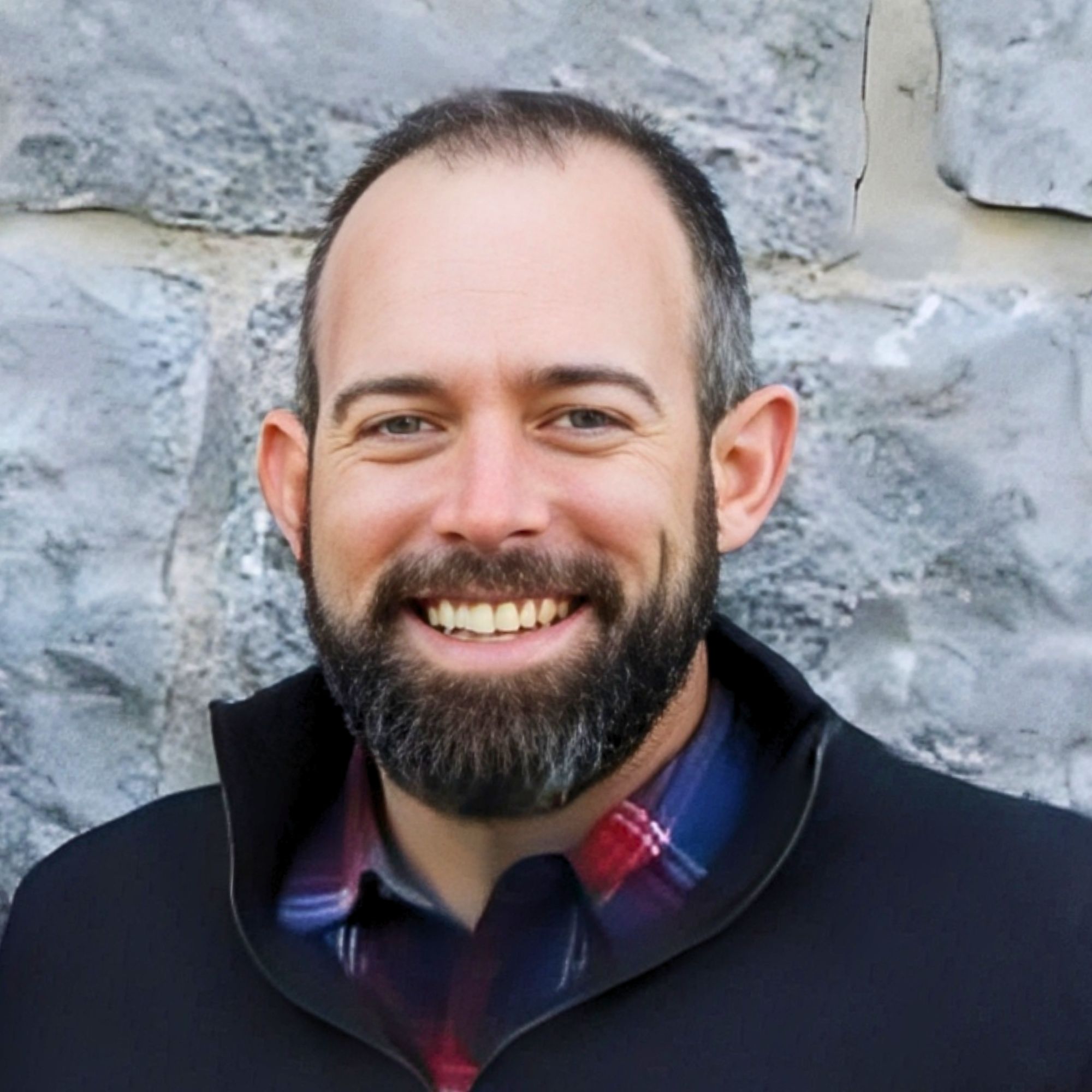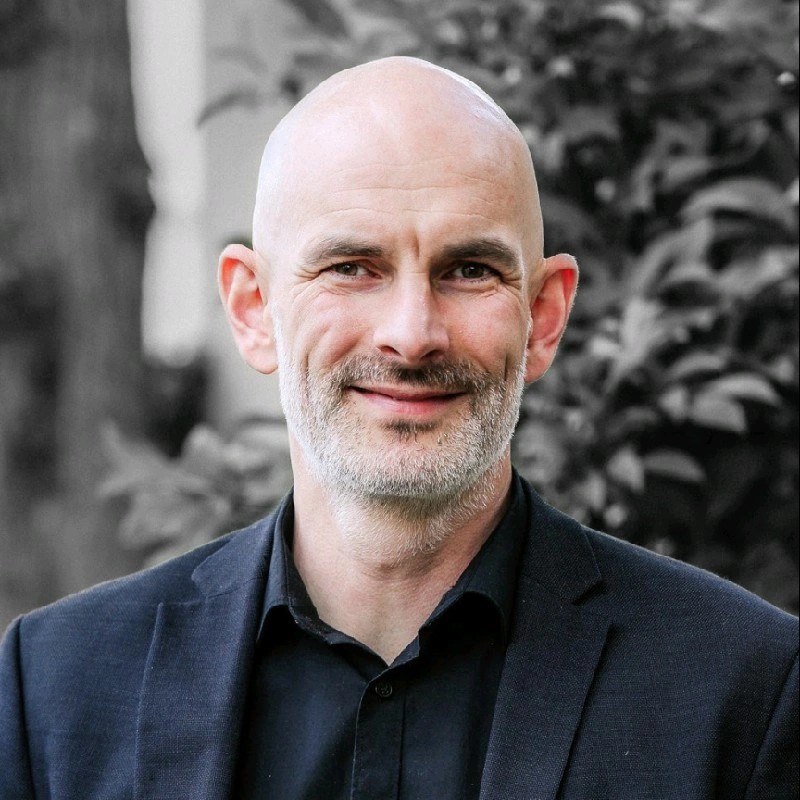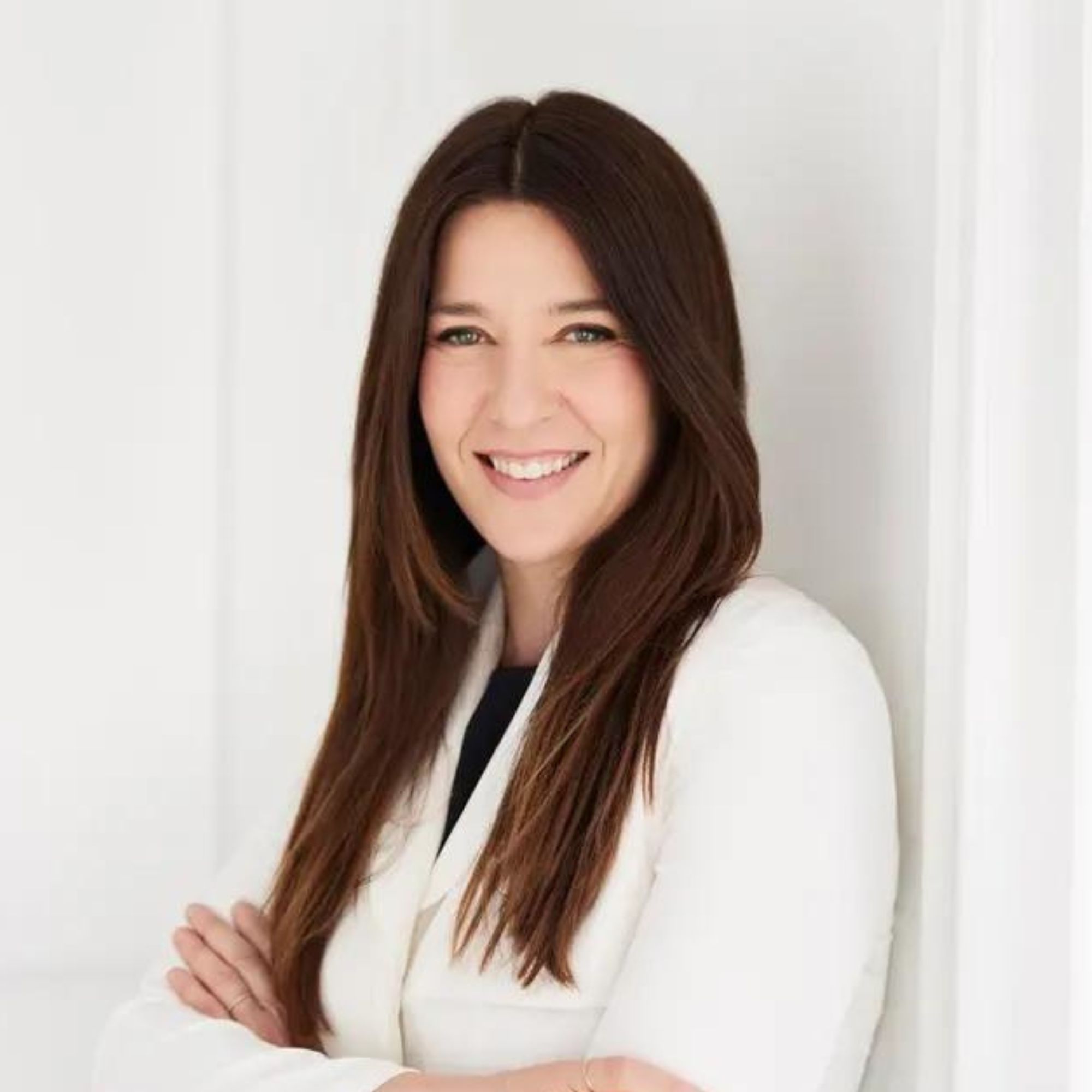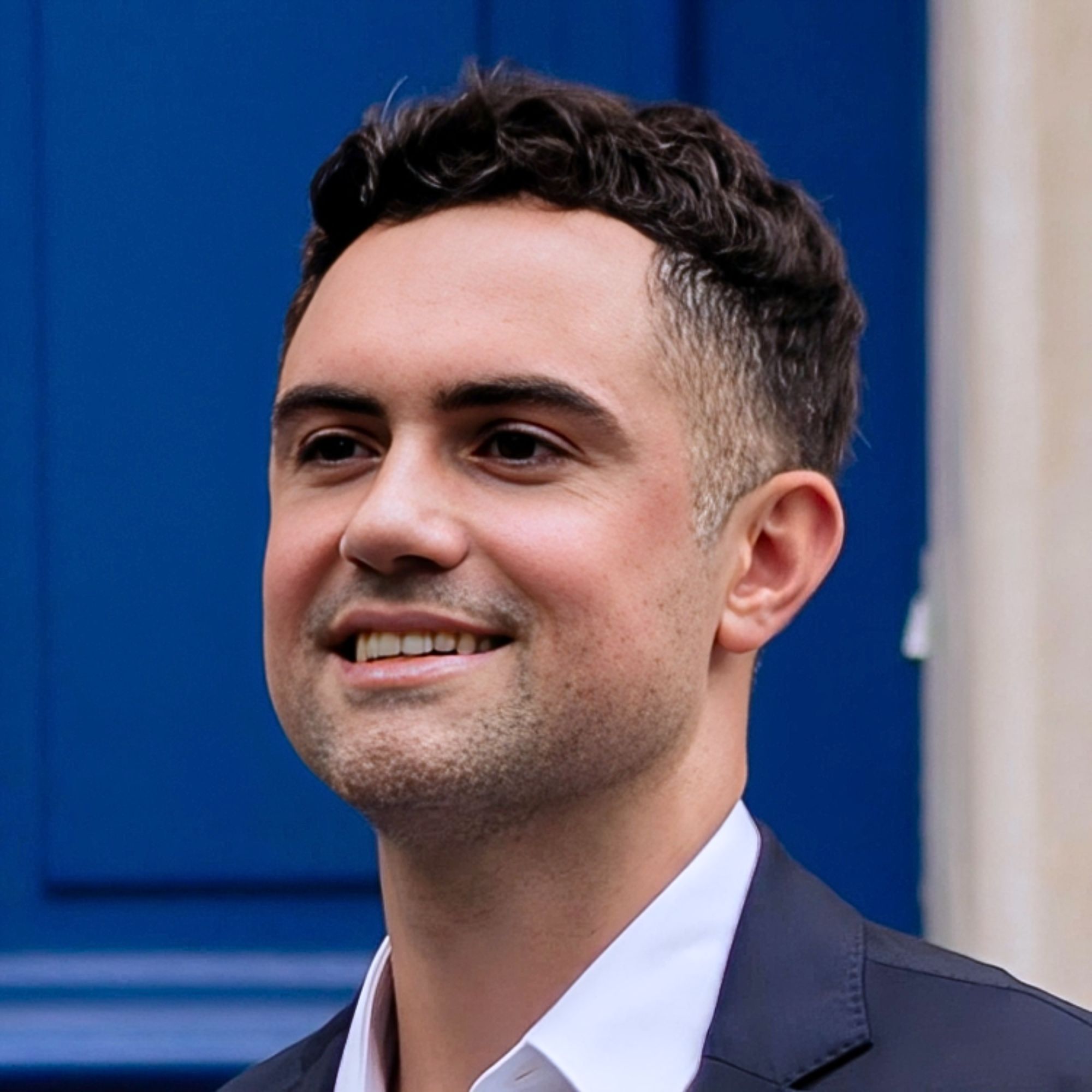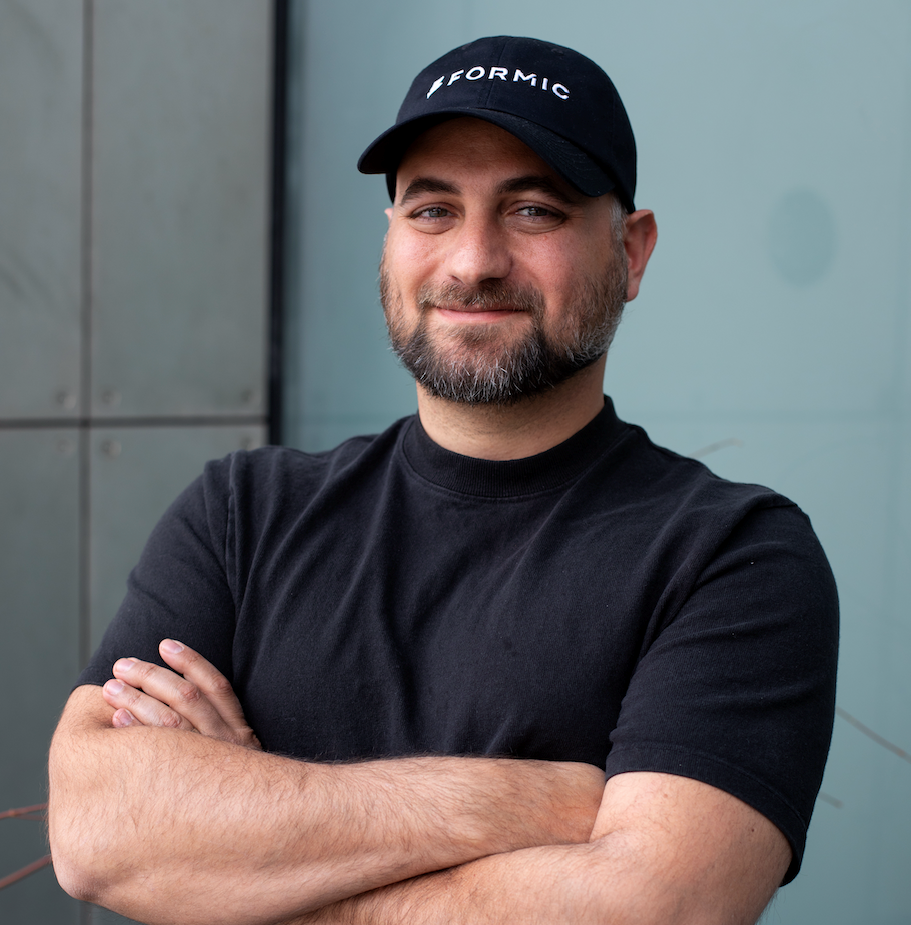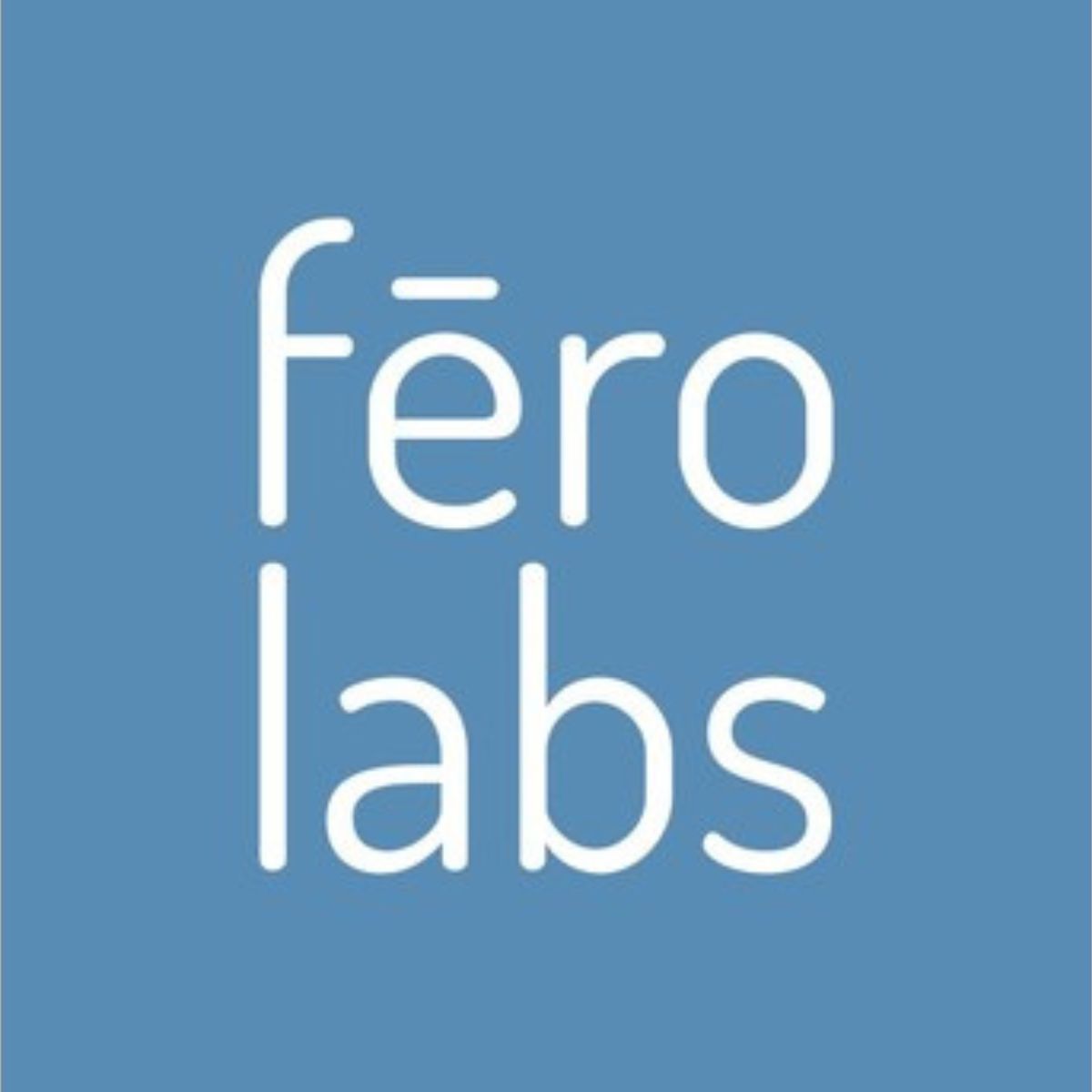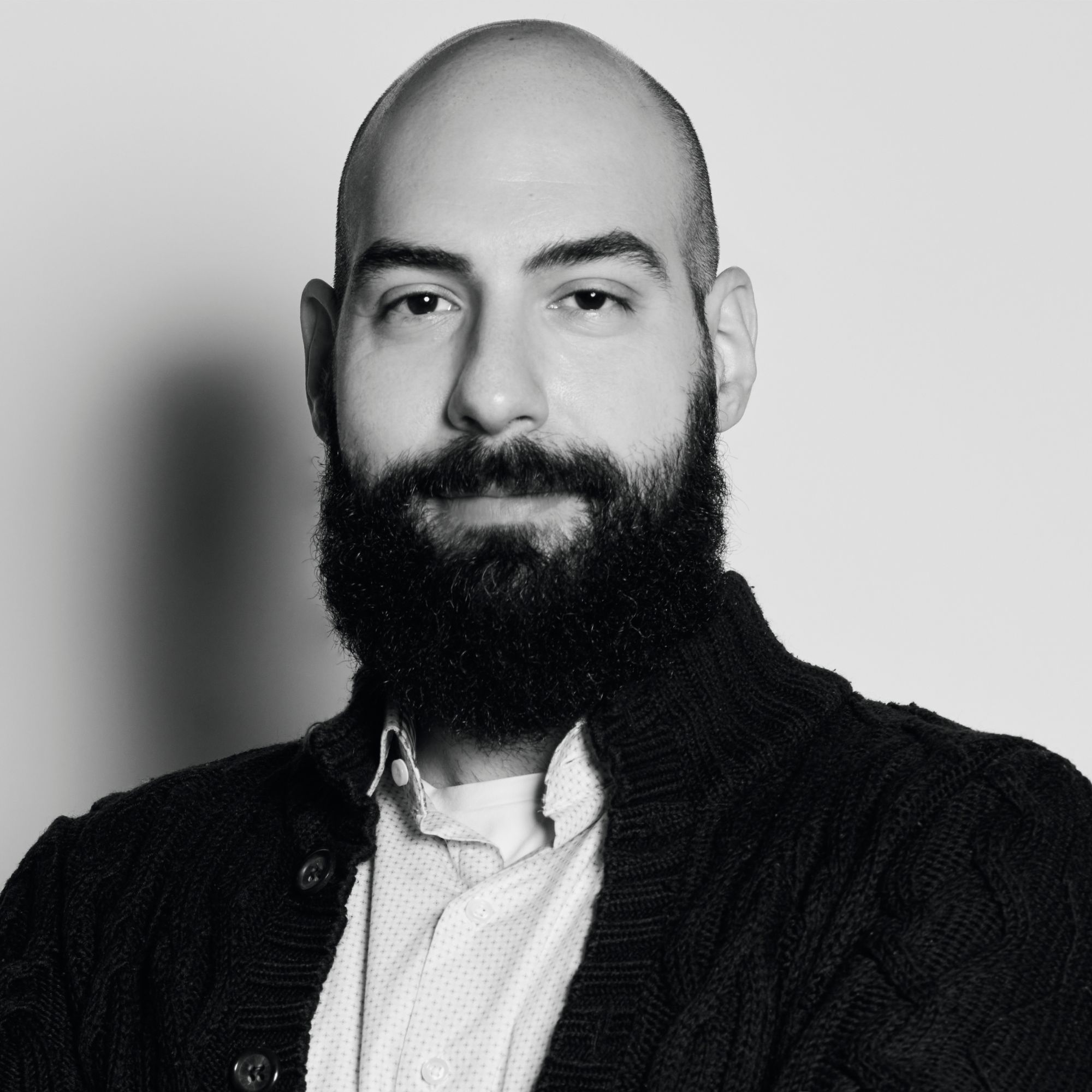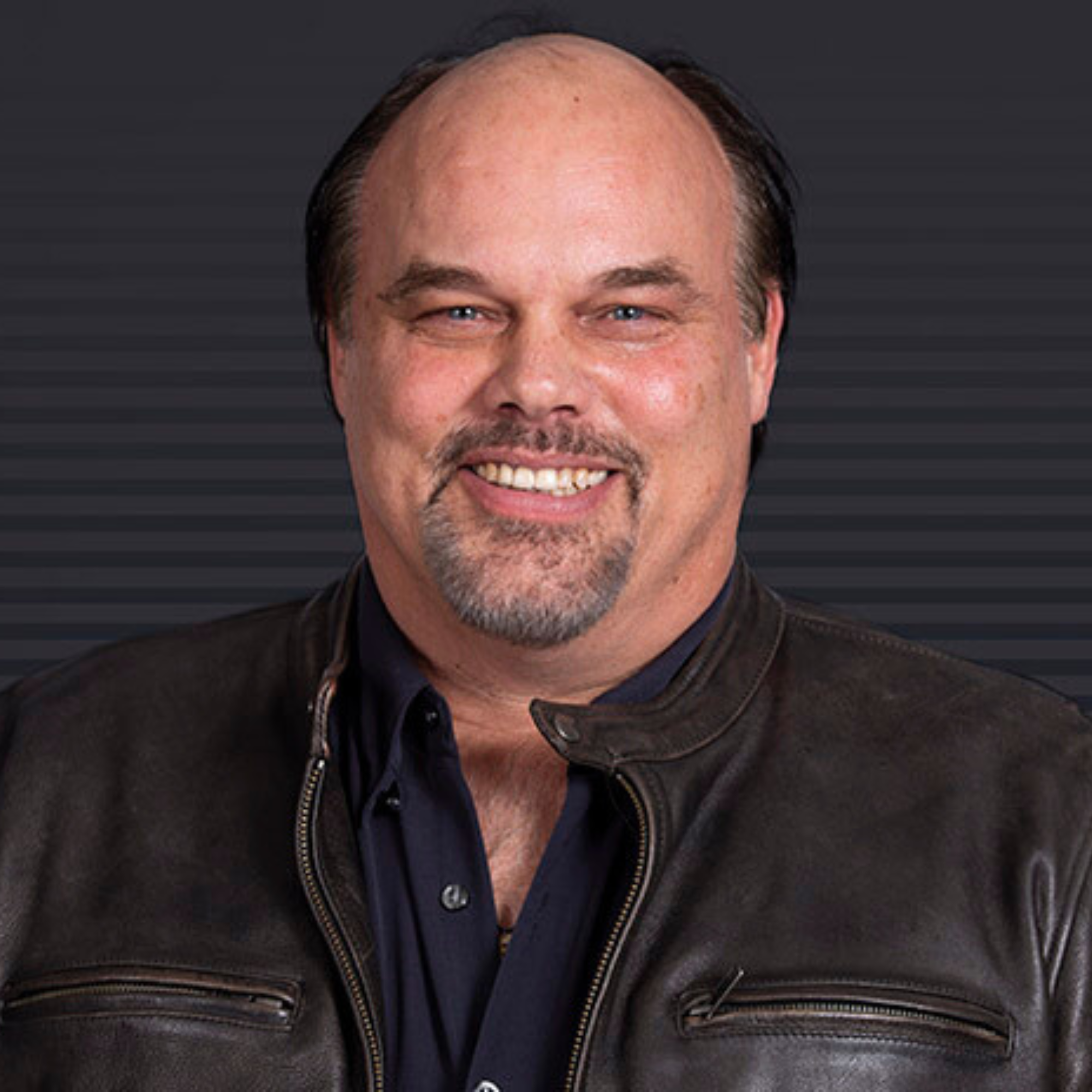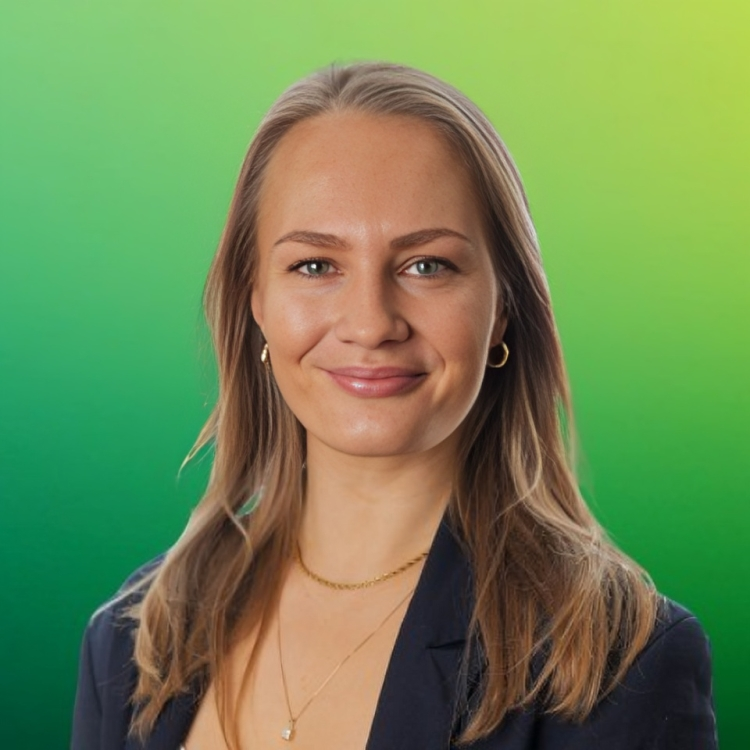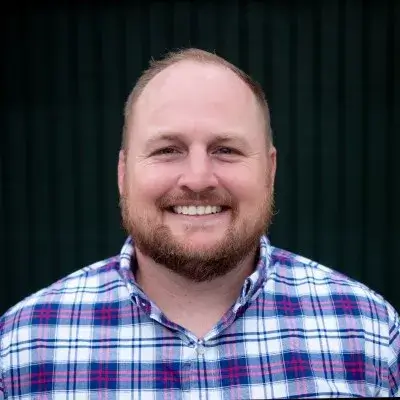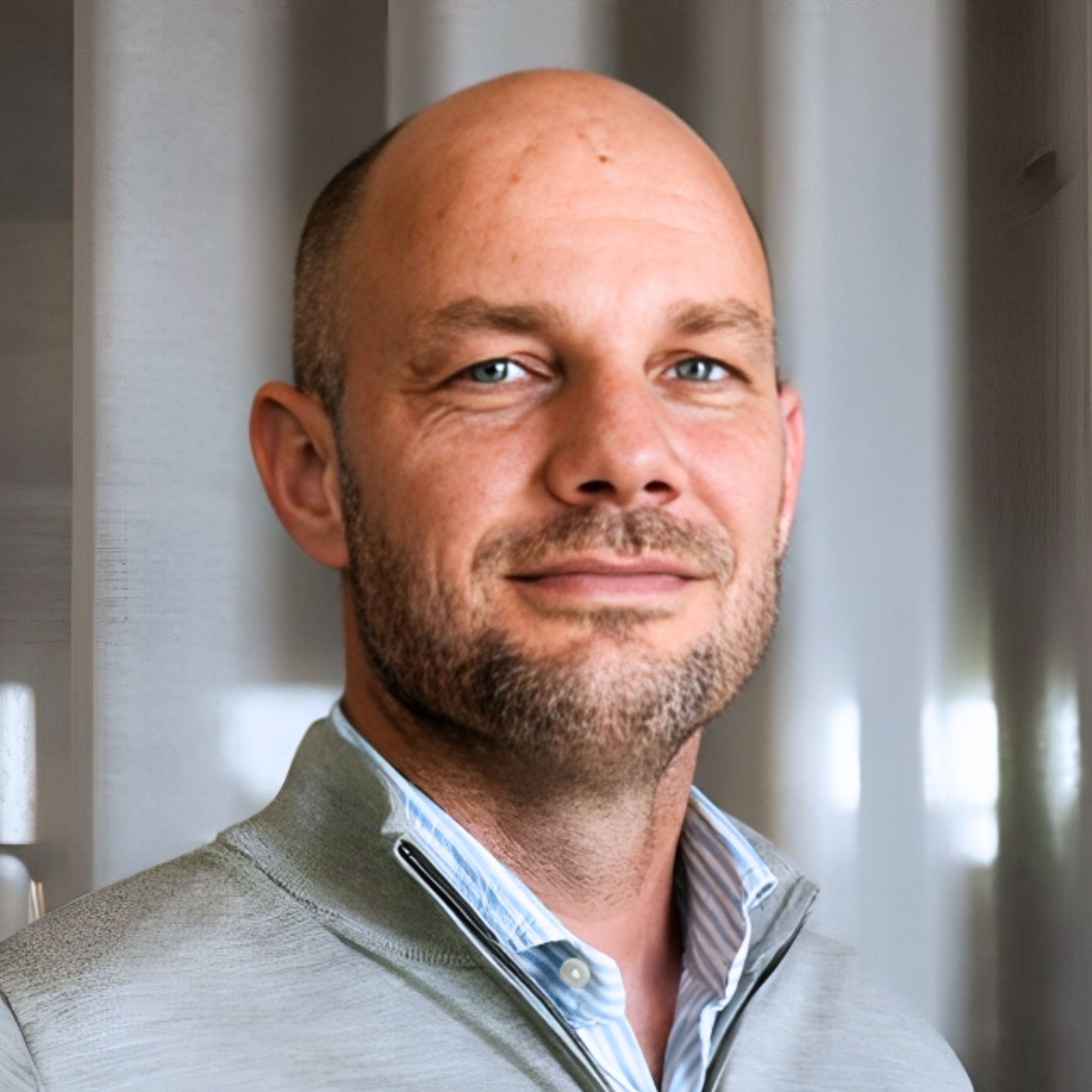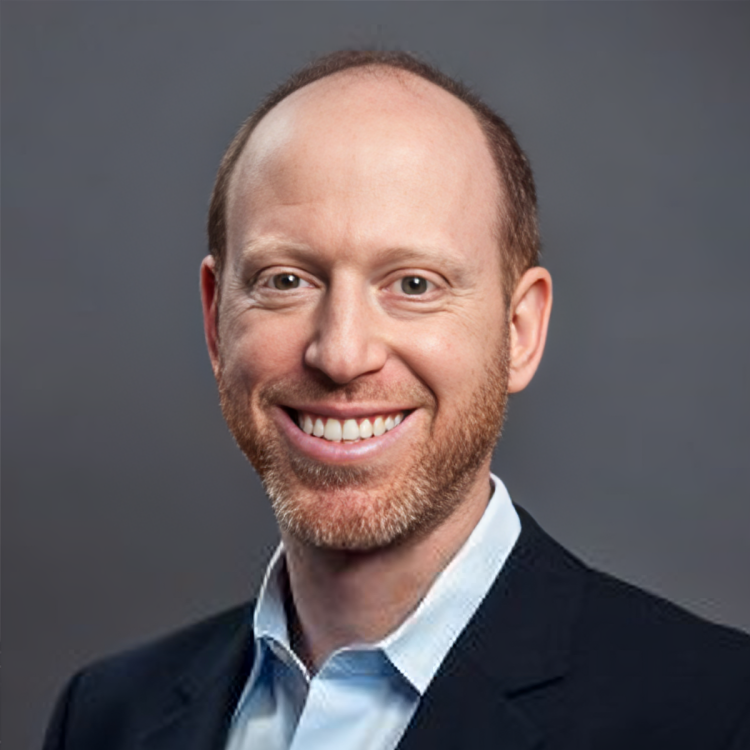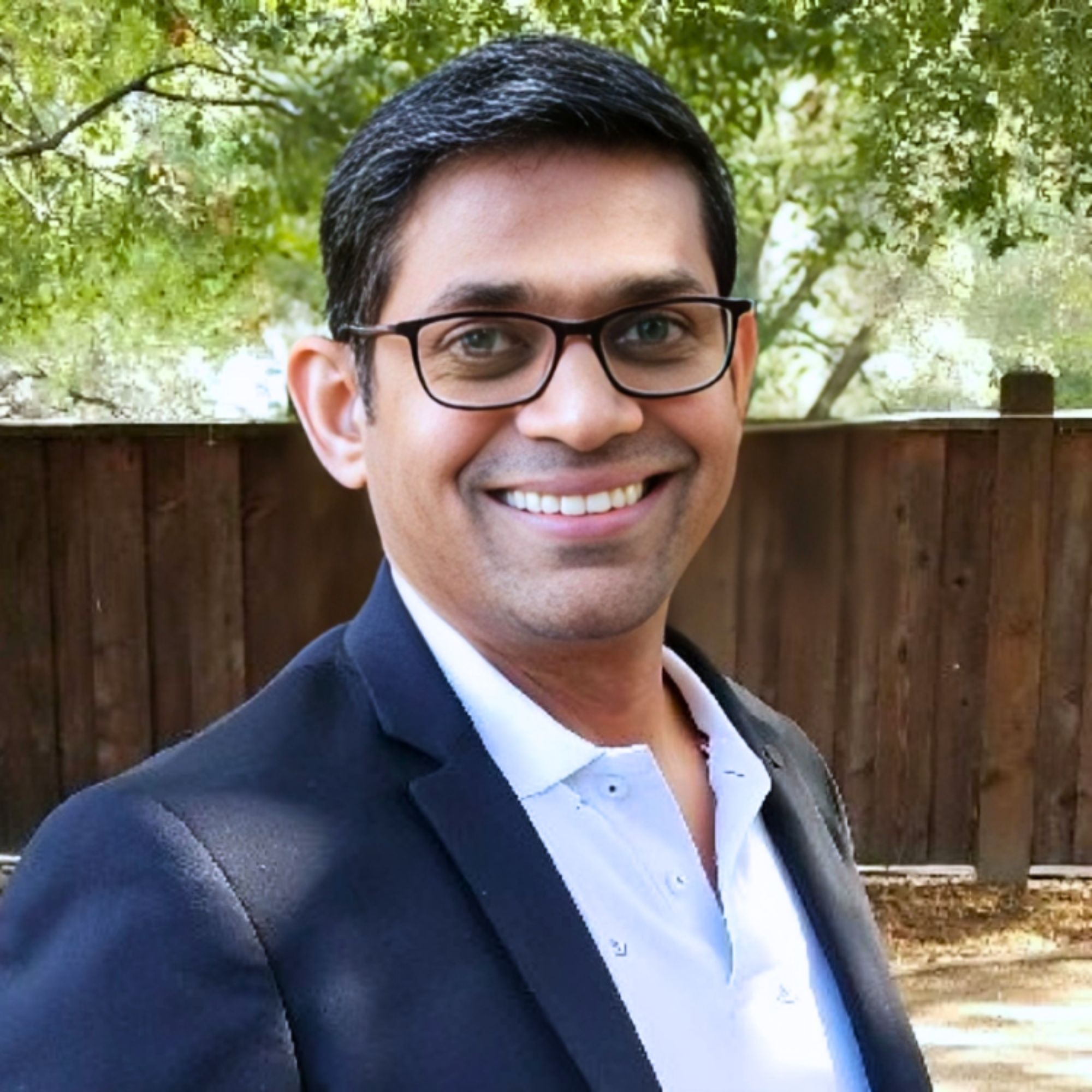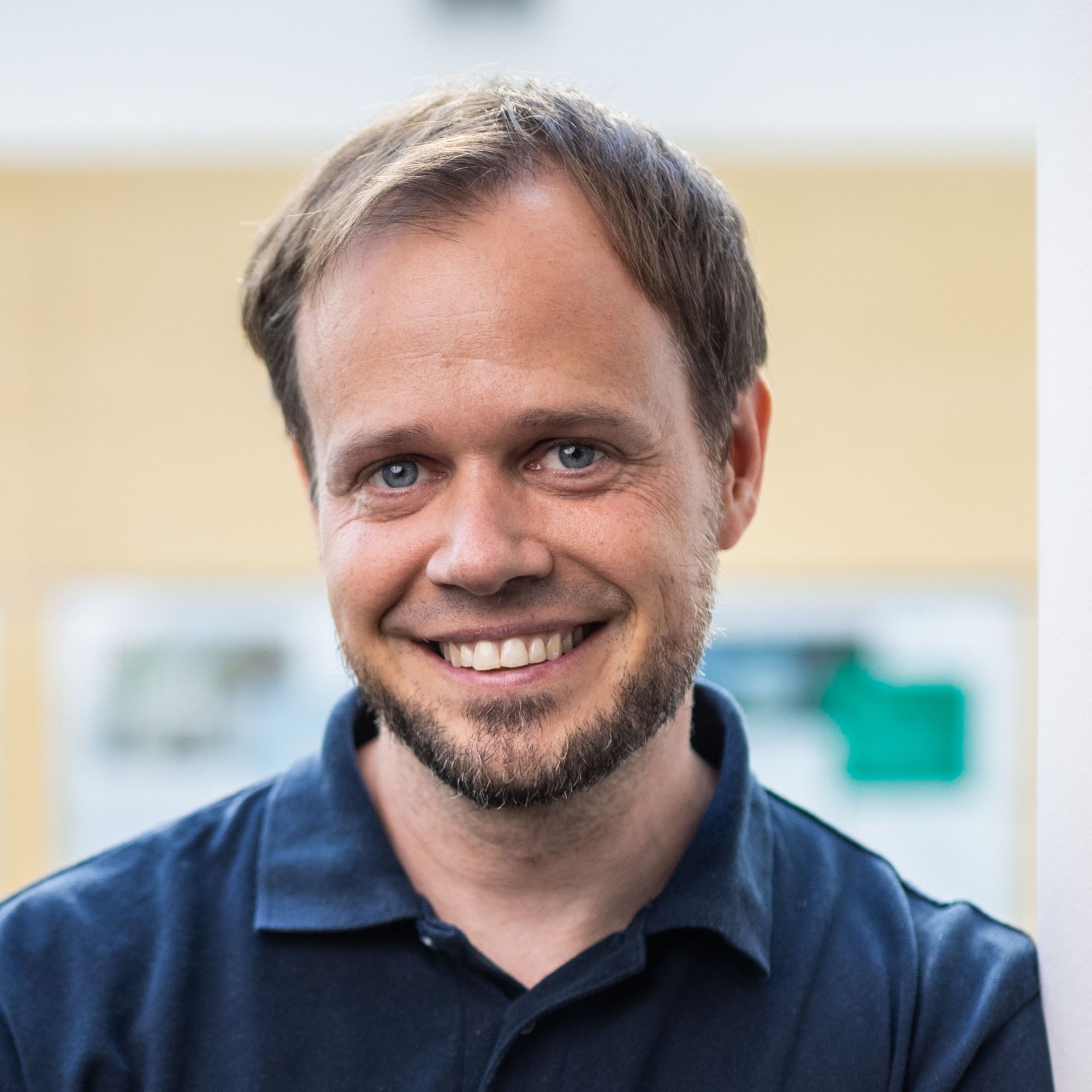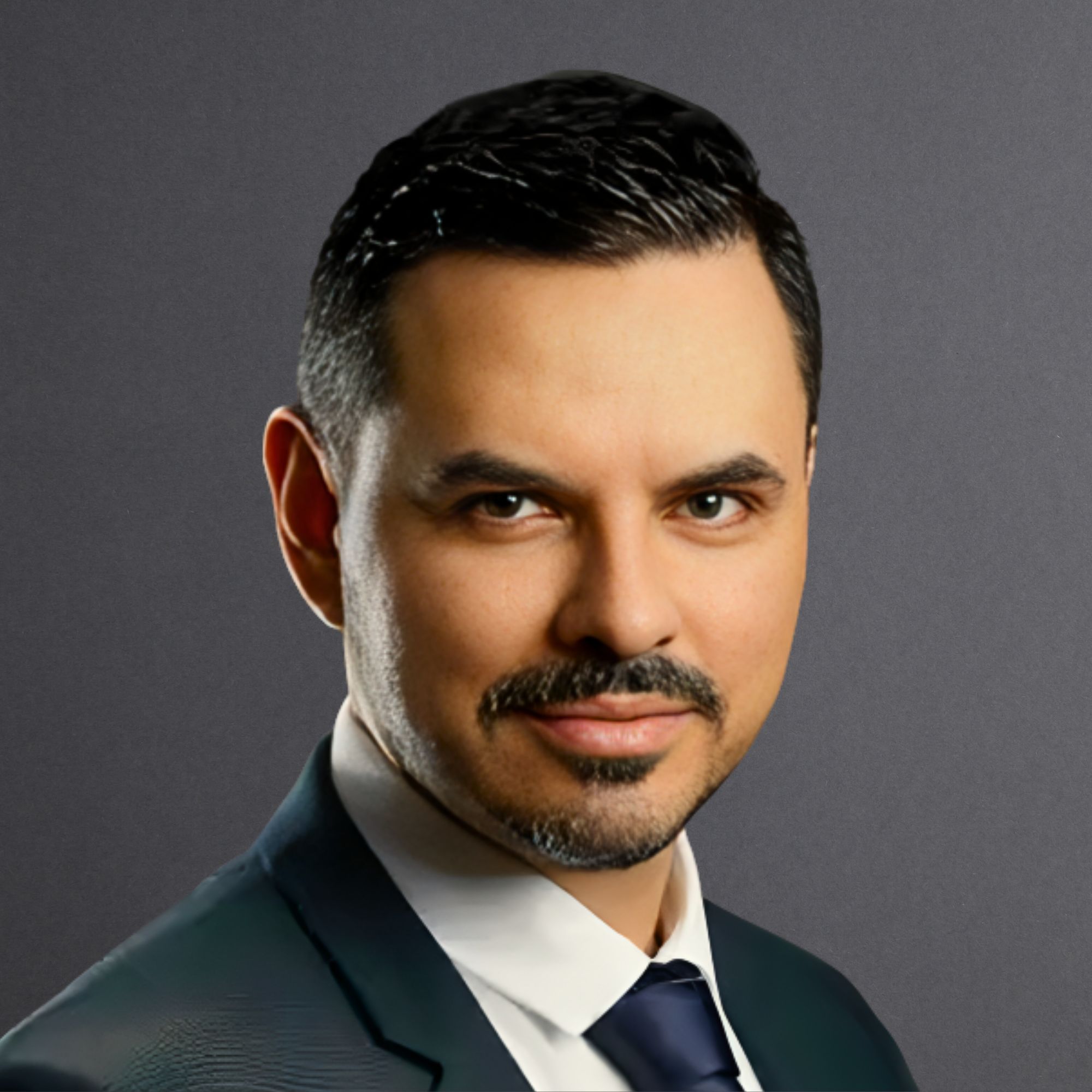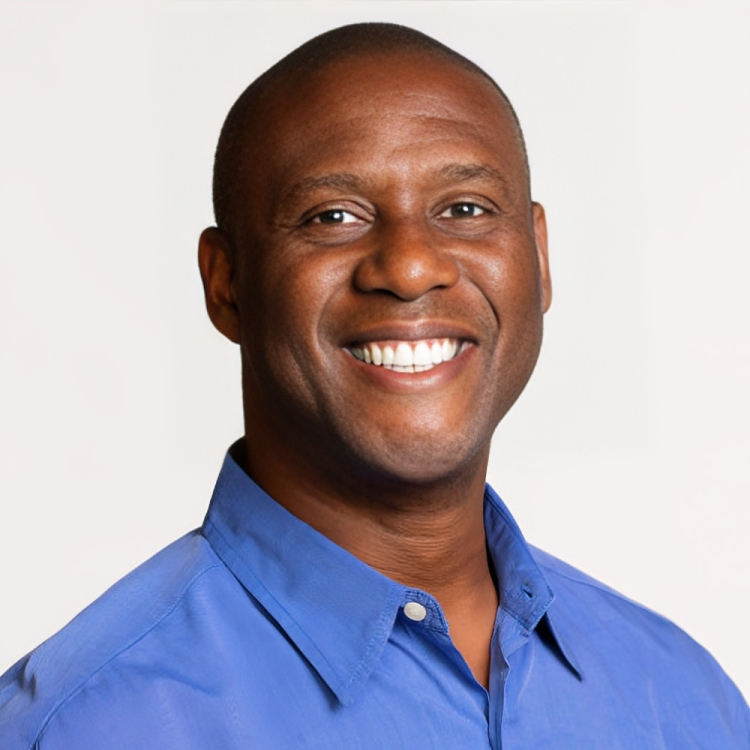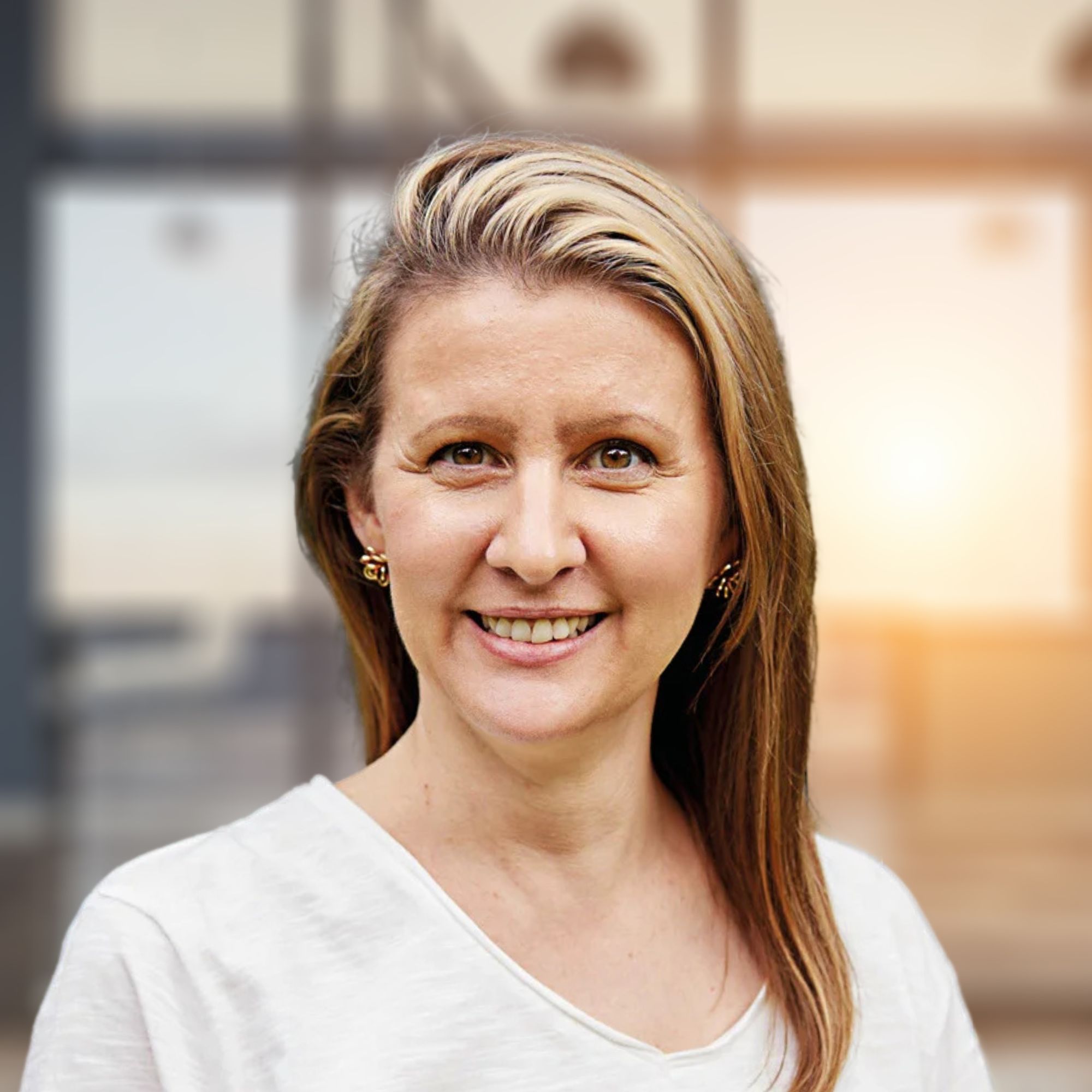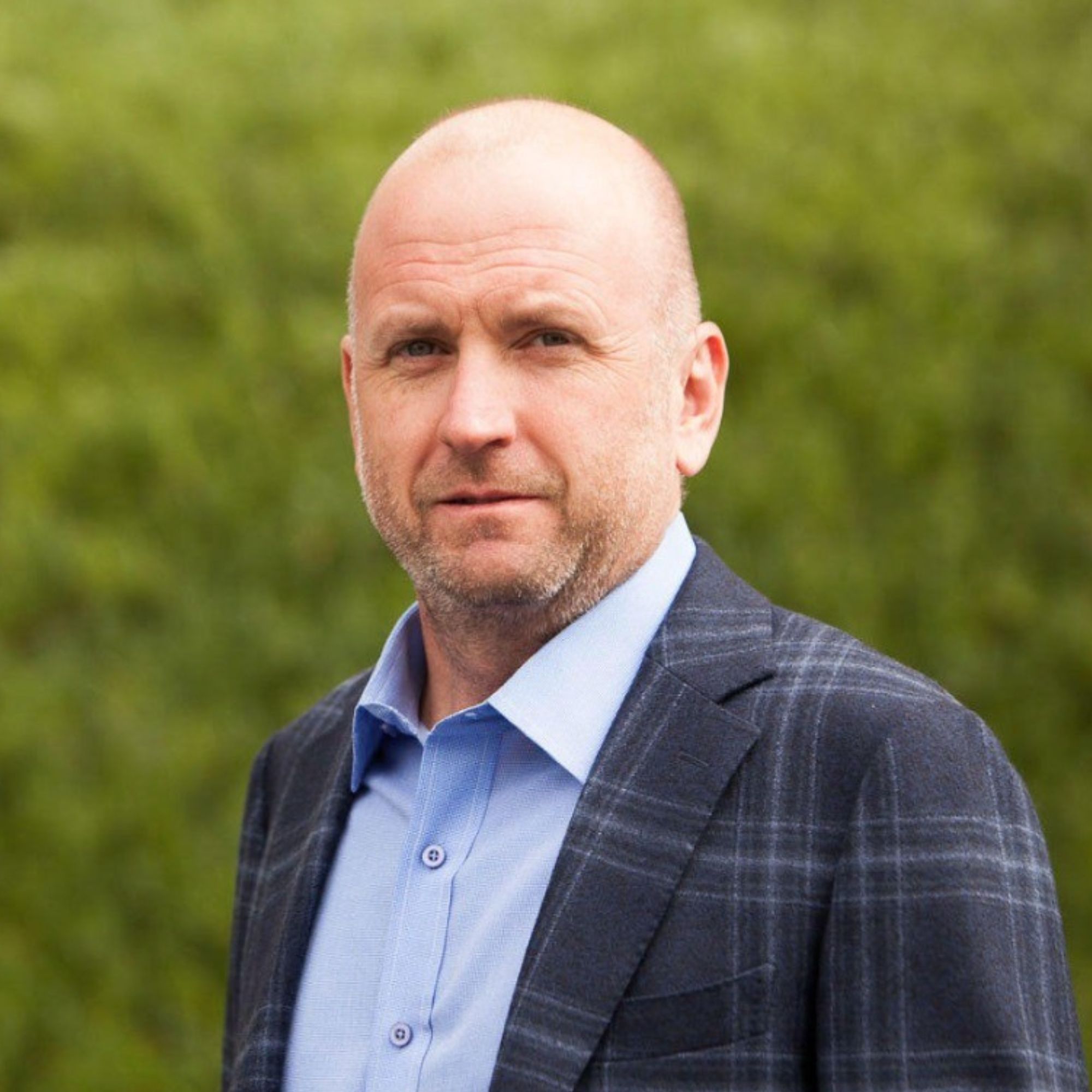Ready to build your own Founder-Led Growth engine? Book a Strategy Call
Frontlines.io | Where B2B Founders Talk GTM.
Strategic Communications Advisory For Visionary Founders
Actionable
Takeaways
Learn directly from your customers on category creation:
"We came up with those category names. We named those use cases and main categories and we expanded them under like 50 new use cases too... So I would say the number one thing that we do really well is relying on our customers, our users on the front lines, and how they use our platform and operationalize and what they call it." Sercan emphasized the importance of letting your customers help shape how you define and communicate about your new category, rather than imposing terminology on them.
Immerse yourself in your customer's world:
Sercan personally visited over 50 manufacturing facilities in the first two years and even worked production lines to understand the environment. "I was making ice creams for a week, cars for another week. And I was working right next to frontline teams to learn more." This deep immersion helped Intenseye build a solution that truly addressed the realities of their customers' environments rather than creating a theoretical solution from a distance.
Iterate your go-to-market motion with the help of early customers:
The Intenseye team originally envisioned a self-serve, product-led growth model but quickly realized enterprise sales was the right approach. Sercan recalls: "I remember my first call with the procurement leader from a largest customer and he was challenging me and I said, 'Look, this is the first time I'm doing this. Can you tell me how you guys want to buy this? You tell me and I will just figure this out.' And he gave me amazing insights." This willingness to learn from customers shaped their land-and-expand strategy and pricing model.
Deeply understand stakeholder concerns to drive adoption:
When implementing computer vision in industrial settings, Sercan's team anticipated potential resistance and built solutions proactively: "We are always aggressively cautious about the implementation of computer vision technology because immediate reaction might be 'Hey, this is Big Brother...' But these are all wrong. We spend a lot of time with unions, frontline teams, building anonymization around blurring the entire body at the camera level, thumbnail level, and everything... to earn their trust, earn their hearts and minds."
Create targeted marketing content that demonstrates your exact solution:
Rather than generic marketing, Intenseye built a video engine that could analyze customer video footage using their AI, showing precisely how their system would work in a prospect's actual environment. "I posted on LinkedIn, promoted in the region where I know that account could see our video... I remember couple hours later it was a meeting booked from the VP of Healthcare Safety with a note: 'Hey, I'm really interested about this solution.'" This approach of showing exactly how you solve the specific problem has become the foundation of their marketing strategy.
Conversation
Highlights
How Intenseye’s CEO Turned Factory Floor Experience into a $93M Safety Revolution
Every year, 2.4 million people lose their lives in workplace accidents. That’s 4% of global deaths—a staggering number that most of us never think about. For Sercan Esen, these aren’t just statistics; they’re the driving force behind Intenseye, a company using AI-powered computer vision to make industrial workplaces safer.
In a recent episode of Category Visionaries, Sercan, CEO and Co-Founder of Intenseye, shared how his company has raised $93 million to transform workplace safety by creating technology that connects to existing cameras in manufacturing facilities to detect unsafe conditions in real-time.
From Software Engineer to Factory Worker
When most founders talk about understanding their customers, they mean conducting surveys or interviews. Sercan took a dramatically different approach.
“I visited personally over 50 facilities, first two years of our journey,” Sercan explains. “I made ice creams for a week, cars for another week. And I was working right next to frontline teams to learn more.”
This immersion wasn’t a marketing stunt—it was a necessity. Sercan and his co-founder were software engineers with zero manufacturing experience. They needed to understand the environment they were trying to improve from the inside.
The turning point came during a night shift at an ice cream factory. A shift manager told Sercan about a worker who had just lost his fingers in an accident.
“The moment you hear these stories, you just cannot continue,” Sercan recalls. “And our mind was racing to a solution how we can help.”
Building the First Solution
That’s when the idea for Intenseye crystallized: connect existing security cameras to AI that could detect safety violations in real-time and alert managers before accidents happen.
Their first prototype deployment delivered immediate results. “We sent these first notifications over a night shift. And it was like over 150 alerts,” Sercan explains. The shift managers were shocked by how many safety issues were happening undetected and immediately asked, “What else can you build?”
From there, Sercan and his team started mapping industrial hazards and translating them into AI models. Today, they run over 120 models covering 50+ out-of-the-box safety use cases, from missing personal protective equipment to unsafe material handling.
Creating a New Category
When explaining what Intenseye does, Sercan doesn’t place it within existing categories like EHS (Environmental Health and Safety) platforms. “We always said, we are category creating solutions,” he notes.
But he’s quick to distinguish meaningful category creation from marketing hype: “To me, what is the new category is are you inventing a new way of working? If you are making a way of working slightly better or maybe drastically better, I don’t think you’re inventing a category.”
What makes Intenseye different is that it fundamentally changes how safety is managed in industrial settings. Traditional EHS platforms operate on lagging indicators—they document what went wrong after an incident occurs. Intenseye provides real-time insights that prevent incidents before they happen.
“Think about that yearly cycle [of safety planning],” Sercan explains. “We make that in weeks and sometimes in days. Because we believe when it comes to safety, you cannot predict future with the past data.”
Account-Based Marketing Before They Knew Its Name
Intenseye’s go-to-market approach was as innovative as their product. Sercan recalled how he once “invented” what he later learned was account-based marketing (ABM).
“In our early days I thought I invented a new marketing motion and I was so excited and I walk into a board meeting,” Sercan laughs. “I said, ‘I invented a new marketing motion. Hear me out and this is amazing.’ And turns out I did not invent it. There’s a name for it, account-based marketing.”
His approach was deeply personal. When targeting a potential customer, Sercan would study everything about their facilities and safety challenges. Then he’d create personalized content that showed exactly how Intenseye could help:
“We built this video engine. I asked my co-founder, can you build a video engine for me that I can drag and drop a video and it analyzes with our AI without any interruption… We just genuinely generate an AI video that shows how our system can detect unsafe acts and conditions.”
After posting the video on LinkedIn and targeting the prospect’s region, “Couple hours later it was just a meeting booked from the VP of Healthcare Safety with a note that, ‘Hey, I’m really interested about this solution.'” Two months later, they were a customer.
Learning Enterprise Sales from Scratch
As first-time founders without enterprise sales experience, Sercan and his team initially misunderstood their own business model.
“We thought, okay, companies will connect their cameras by themselves and then they will add their rules. It’s self-serve and they will create these use cases by dragging and dropping… Maybe small payments we get.”
Sercan admits, “We were so wrong and we had no idea about enterprise sales.”
What saved them was humility. When faced with his first procurement negotiation, Sercan simply acknowledged his inexperience: “I remember my first call with the procurement leader and he was challenging me and I said, ‘Look, this is the first time I’m doing this. Can you tell me how you guys want to buy this? You tell me and I will just figure this out.'”
That procurement leader provided insights that helped shape Intenseye’s land-and-expand model, which now drives their growth as they scale from single-facility deployments to managing 100+ site implementations for Fortune 500 companies.
Building Trust with Frontline Workers
Perhaps the most challenging aspect of deploying computer vision in workplaces was addressing privacy concerns. When cameras start watching workers, resistance is natural.
“We are always aggressively cautious about the implementation of computer vision technology because immediate reaction might be, ‘Hey, this is a big brother,'” Sercan explains. Union leaders and frontline workers worried the technology might be used to monitor productivity or enforce punitive measures.
Intenseye’s solution was to design with privacy as a core feature: “We spend a lot of time with unions, frontline teams, how we can build anonymization around blurring the entire body and anonymization at the camera level, thumbnail level… to earn their trust, earn their hearts and minds at the frontline level.”
This approach—building technology that protected workers rather than surveilling them—helped overcome initial resistance and drove adoption.
The Road Ahead
Today, Intenseye continues to scale, with ambitious plans to triple their sales team and become the industry standard for workplace safety. They’re developing edge deployment options to handle bandwidth-limited facilities and expanding their platform to protect more workers worldwide.
Sercan’s vision is clear: “We want to be industrial standard and we want people to say three, ten years from now, ‘What were we doing without Intenseye?'”
For B2B founders, Intenseye’s journey offers powerful lessons about customer immersion, category creation, and the importance of adapting your go-to-market approach based on real customer feedback rather than assumptions. Sometimes, the path to protecting millions starts with making ice cream on the factory floor.

